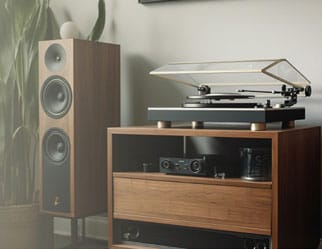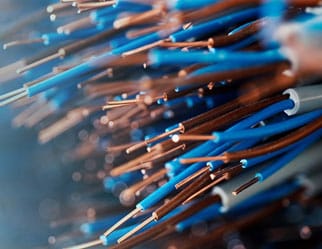What are the components of a public address system?
Perhaps the most critical element when it comes to sound transmission, loudspeakers carry audio to the masses. The three main types of PA speakers — main speakers, subwoofers and stage monitors — are interdependent and each serve a different function.
Main speakers are responsible for a PA's sound, and they come in a variety of forms including ceiling, wall, standalone, surface, flush mount or indoor and outdoor. The space will help dictate what type of speaker you need. Subwoofers allow the system to run more efficiently because the low frequency content is reproduced by the subwoofer instead of the full-range system. And stage monitors help the speaker or performer hear themselves.
Yet another critical element, amplifiers convert the line level signal from a mixer and bring the sound to a level where it can adjust the speaker to the right volume. An amplifier can be added on or you can purchase active speakers, which have an amplifier of their own. Passive speakers, on the other hand, don't have an internal amplifier.
Mixing consoles, or mixers, are somewhat like the brains of a larger system. With a set number of channels, mixers are responsible for combining sounds, routing, volume adjustment, tone and the dynamics of audio signals. Some mixing consoles have onboard power amps, which eliminates the need for a separate amplifier.
When dealing with complex installations or larger rooms, consider a DSP, or a digital signal processor. This will help guard against echo and reverberation. DSPs can also automate the prevention of feedback, a very common challenge in PA setups.
Last but not least are microphones. While dynamic mics are ideal for speech, condenser mics excel in capturing nuanced sounds like music, ambiance or sound effects. Consider wireless mics for convenience or when presenters need to be mobile while on stage.


